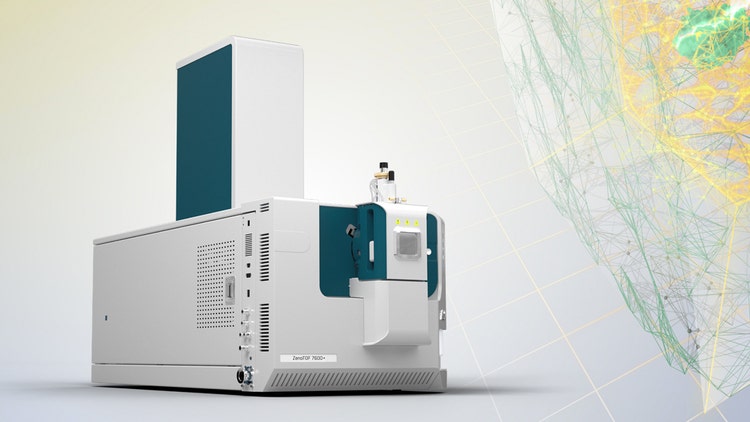SCIEX, a global leader in life science analytical technologies, has enhanced its high-resolution accurate mass spectrometry portfolio with the ZenoTOF 7600+ system, designed to push the boundaries of proteomics research.
The ZenoTOF 7600+ system introduces the advanced ZT Scan DIA strategy, combining the power of the quadrupole dimension with the rich MS/MS data generated by the Zeno trap. This approach simplifies the transition of protein biomarker candidates beyond the discovery phase, addressing a key challenge in proteomics.
According to Jose Castro-Perez, Vice President of Product Management: “This system combines the depth of DIA methods with the specificity of DDA and the precision of targeted approaches to precisely quantify entire proteomes. Our goal is to facilitate researchers in optimising their clinical and translational research workflows, ultimately enabling them to accelerate advancements in precision medicine.”
ZT Scan DIA represents the latest evolution of data-independent acquisition, making the ZenoTOF 7600+ the only system that seamlessly integrates DDA, DIA, and targeted approaches within a single workflow. This unique combination enables the quantification of over 125% more protein groups at sub-nanogram levels compared to conventional discrete-window DIA methods. Electron-activated dissociation (EAD) extends analytical capabilities by enabling tunable fragmentation of all molecule types.
With scanning speeds of up to 640 Hz, the ZenoTOF 7600+ is SCIEX’s fastest accurate mass system, significantly expanding the potential for large-scale quantitation panels. Additionally, the system enhances data analysis by mapping MS/MS scans with the scanning Q1 quadrupole dimension, improving confidence and accuracy in differentiating isomeric peptides and localising post-translational modifications (PTMs).
This article by one of our Danaher Life Sciences thought leaders was originally published in Labmate Online. Shared here by permission.
Advancing high-resolution mass spectrometry for proteomics research
